The Future of Solar Energy: Innovations and Advancements
Solar energy has been a source of power for more than 30 years, but solar is becoming increasingly popular as we look to clean, renewable energy to help fight climate change. In recent years solar power has been gaining momentum as a viable alternative to traditional forms of energy.
According to the Solar Futures Study, an in-depth study produced by The U.S Department of Energy Solar Energy Technologies Office (SETO) and the National Renewable Energy Laboratory (NREL), solar energy, with aggressive cost reductions, supportive policies, and large-scale electrification, has the potential to provide up to 40% of the nation’s electricity by 2035 and up to 45% by 2050.
While solar energy has many benefits, it has its challenges, such as intermittency (i.e., solar energy production depends on weather and daylight conditions), land use requirements, and the need for energy storage solutions. Learn about solar energy here.
Advancements and Innovation in Solar Energy
Solar power is on the trajectory to become the most important source of energy for electricity production in a large part of the world. According to the World Economic Forum, in the coming years, technological improvements, innovations, and advancement will ensure that solar becomes more efficient, accessible, and cheaper. Some of the developments include:
Improved Solar Panel Efficiency: With new materials like perovskite and organic solar cells, researchers have created solar panels with an efficiency rate of over 26%.–– allowing more energy to be generated from a smaller surface area, making solar energy more accessible and cost-effective.
Bifacial modules: These panels can capture solar energy from both sides. They are designed with a transparent back sheet that allows sunlight to pass through and reflect off a surface. The reflection enhances the amount of energy generated. Panels also have the ability to tilt, allowing them to capture more sunlight throughout the day.
Smart solar grids: Smart grids are intelligent networks of solar panels that can communicate with each other and adjust their output based on demand.
Solar Energy Storage: The advancement of energy storage technologies, such as batteries and pumped hydro storage, stores excess energy generated during sunny hours for use during low solar energy generation.
Solar-Powered Transportation: By 2050, solar could power 14% of transportation. Solar synergies include coordinating vehicle charging with solar availability and deploying solar at parking canopies and structures. In addition, solar can be used to power infrastructure, such as streetlights and traffic signals.
Making Solar Energy Accessible for All
“Solar adoption could be ten times greater among low- and medium-income houses if the “split-incentive problem” were solved—the problem of homeowners lacking incentives to install solar, and renters missing potential savings from installed solar” (Source)
To make solar energy more affordable and accessible in the future, we must take a multi-faceted approach that includes government policies, education and awareness, community projects, financing options, and partnerships and collaborations.
With the assistance of government policies, individuals and companies that install solar panels receive subsidies and tax breaks to help reduce the cost of installations.
Campaigns to educate the public about the benefits of solar energy and how to access it and awareness to help build demand for this technology.
Community solar programs, customers who buy or lease a portion of solar panels in the array, can help make solar power more accessible for individuals and businesses to invest in solar projects and receive credit on their utility bills for the energy generated.
Access to financing options, including low-interest loans, leases, and power purchase agreements, to allow individuals and businesses to install solar panels without upfront costs.
By working together, government, industry, and community organizations can leverage their expertise and resources to drive down costs and make solar energy more accessible for all.
As the cost of solar energy declines, education grows, and innovation and advancement continues, solar will play an increasingly important role in meeting our energy needs. It’s clear solar energy has a bright future.
Resources:
What our customers are saying
See why our power customers say we're the best electricity provider in Texas!
I was worried about getting electricity for my home through a prepaid company. I was calling around to see different rates then going through all the hassle of credit checks while dropping points each…
I have been with this company for several years and have been very happy since. Even when I moved, they made my usually stressful situation very easy and carefree. I recommend them to everyone that I…
I have enjoyed the service for 2 years now. In the beginning this service was planned to be temporary but with the service being so effective for me i decided to keep it for the long haul. I’m a happy customer.









